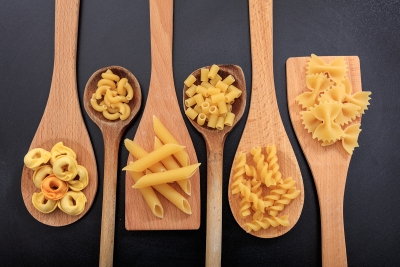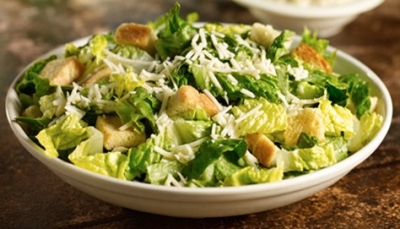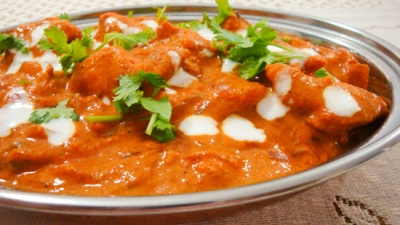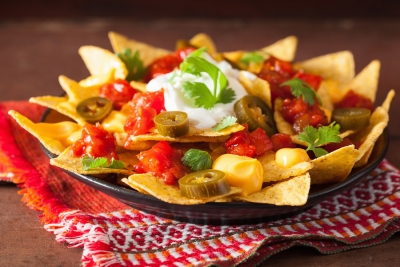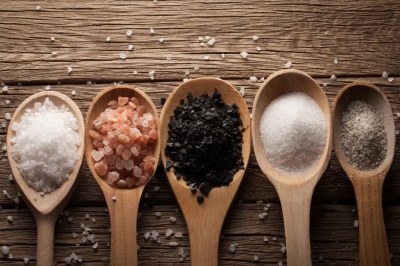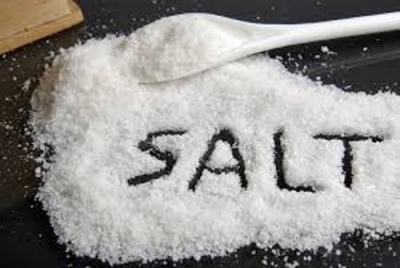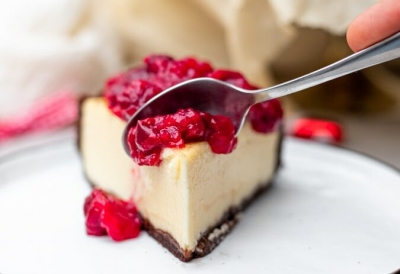What is the history of Fried Fish?
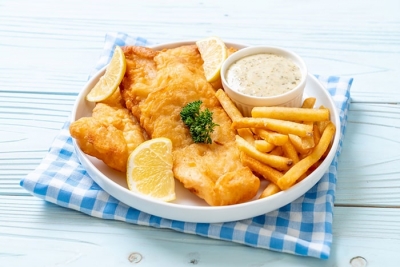
From a working class meal to a popular culinary trend, fish and chips have come a long way since their origin.
Long Long ago
Fried fish is believed to have been brought to Britain by Jewish immigrants fleeing persecution in Portugal and Spain during the 16th Century. There are several reports that suggest fish and chips were initially sold on large trays hung around the necks of vendors. Some historians say the first fish and chips shop was opened by a Jewish immigrant in East London around 1860. Another legend on the origin of this crispy meal suggests fish and chips were not meant to be one whole dish. According to this story, in the 1680s when the Meuse River froze during winter, Belgian housewives cut potatoes in the shape of fishes and deep fried them as fishes were scarcely available.
There is no proper record that claims who put the two components (fish and chips) together.
By 1870s, fish and chips became a popular meal among the economically weak people in London. Rapid industrialisation during this period enhanced the sale of fish and chips as steam-trawling boats boosted the supplies of fish. The working class people found it convenient to grab a bag of freshly fried fish and chips before rushing to mills and factories.
Comfort in tough times
Certain historians believe fish and chips played an important role in Britain’s victory in World War I. According to studies, fish and chips served as a food that brought contentment during difficult periods. George Orwell in ‘The Road to Wigan Pier’ (1937) wrote, fish and chips were among the home comforts that kept the people happy and this “averted revolution”.
During World War II, when there was difficulty in providing supplies to every household, the British ministers made it a point to make sure fish and chips were one of the few foods that were never rationed.
Varied versions
The fishes used in this dish are usually a variety of white fish such as cod, haddock or pollock. Fresh slices of fish are dipped into a light and airy batter before being deep-fried. In Britain, fish and chips are usually served with mushy peas and homemade sauces such as lemon mayonnaise and cury. In Scotland, it is served with chippy sauce, which comprises brown sauce and vinegar. Belgians eat their fish and chips with mayonnaise and the Chinese eat them with with sugar. Fish and chip topped with crab sauce is popular in Singapore.
Ever-evolving classic
There are several adaptations of the classic fish and chips that aim to cater to a wide range of people. There are vegan fish and chips, where tofu is used instead of white fish. Gluten-free fish and chips make use of alternatives such as rice crumbs. There are also several interesting flavours such as peri-peri, masala and barbeque.
Picture Credit : Google
